Authors
A
-

-
-

undefined
-

undefined
-

undefined
-

undefined
-

undefined
-

undefined
-

undefined
-

undefined
-

undefined
-

undefined
-

undefined
-

Arijit Ghosh is a veteran Indian Air Force Wing Commander who played Ranji Trophy for the Services. He is the author of the book Air Warriors.
-

undefined
-

undefined
-

undefined
-

undefined
-

undefined
-

undefined
-

undefined
-

undefined
-

undefined
-

undefined
-

undefined
-

undefined
-

undefined
-

undefined
-

undefined
-

undefined
-

undefined
-

undefined
-

undefined
-

undefined
-

undefined
-

undefined
-

A Value Research-Outlook Money study
undefined
-

undefined
-

Ashish Gupta and Ashwini Phadnis
undefined
-

undefined
-

undefined
-

undefined
-

undefined
-

undefined
-

undefined
-

undefined
-

undefined
-

undefined
-

undefined
-

undefined
-

undefined
-

undefined
-

undefined
-

undefined
-

undefined
-

Amborish Roychoudhury is a national film award-winning writer, journalist and film historian
-

Arijit Ghosh is a veteran Indian Air Force Wing Commander who played Ranji Trophy for the Services. He is the author of the book Air Warriors.
-

undefined
-

undefined
-

undefined
-

undefined
-

undefined
-

Akshat Mehta and Priyanshi Jain
undefined
-

undefined
-

undefined
-

undefined
-

undefined
-

undefined
-

undefined
-

undefined
-

undefined
-

undefined
-

undefined
-

undefined
-

undefined
-

Ashwani Sharma Senior State Correspondent with the Outlook. A seasoned journalist with over 30 years of experience in reporting and analysis. Has served as the State Bureau Chief for The Indian Express in Shimla, Himachal Pradesh, and has also worked in Raipur, Chhattisgarh, as well as in Chandigarh, Rohtak (Haryana), and Jammu. Holds a doctorate in Journalism and Mass Communication.
-

undefined
-

undefined
-

undefined
-

Ashita Munjral and Drishti Chhiber
undefined
-

undefined
-

undefined
-

undefined
-

undefined
-

undefined
-

undefined
-

undefined
-

undefined
-

undefined
-

undefined
-

undefined
-

undefined
-

undefined
-

undefined
-

undefined
-

undefined
-

undefined
-

undefined
-

undefined
-

undefined
-

undefined
-

undefined
-

undefined
-

undefined
-

undefined
-

undefined
-

undefined
-

undefined
-

undefined
-

undefined
-

undefined
-

undefined
-

undefined
-

undefined
-

undefined
-

undefined
-

undefined
-

undefined
-

undefined
-

undefined
-

undefined
-

undefined
-

undefined
-

Air Marshal (retd.) Anil Chopra
undefined
-

undefined
-

undefined
-

undefined
-

undefined
-

undefined
-

undefined
-

undefined
-

undefined
-

undefined
-

undefined
-

undefined
-

undefined
-

undefined
-

undefined
-

undefined
-

undefined
-

undefined
-

undefined
-

undefined
-

undefined
-

undefined
-

undefined
-

undefined
-

undefined
-

undefined
-

undefined
-

undefined
-

undefined
-

undefined
-

undefined
-

undefined
-

undefined
-

undefined
-

undefined
-

undefined
-

undefined
-

undefined
-

undefined
-

undefined
-

undefined
-

undefined
-
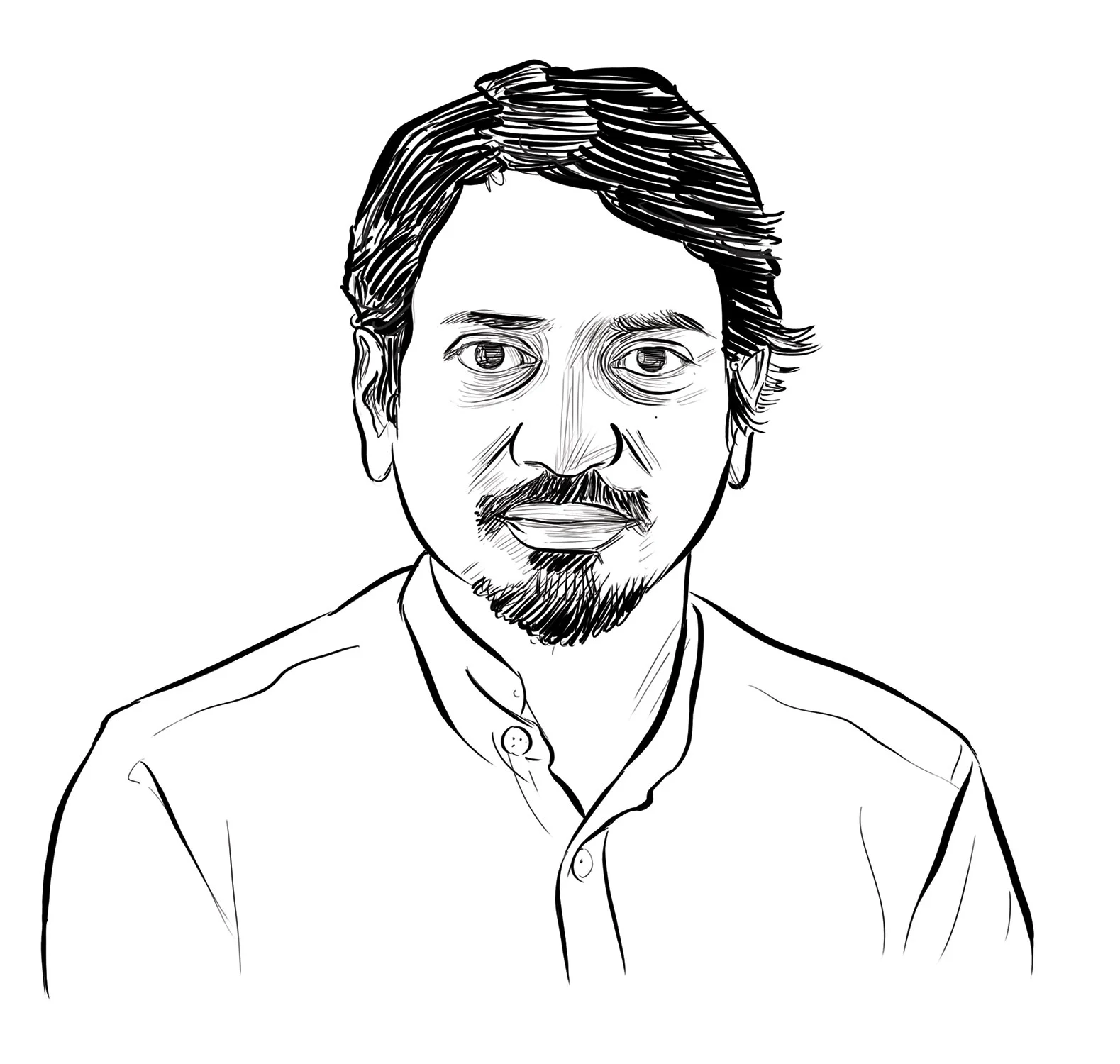
Anand Vasu is an award-winning cricket journalist who has co-authored Cricket Drona - For the Love of Vasoo Paranjape.
-

undefined
-

undefined
-

undefined
-

undefined
-

undefined
-

undefined
-

undefined
-

undefined
-

undefined
-

undefined
-

undefined
-

undefined
-

undefined
-

undefined
-

undefined
-

undefined
-

undefined
-

undefined
-

undefined
-

undefined
-

undefined
-

undefined
-

undefined
-

undefined
-

undefined
-

undefined
-

undefined
-

undefined
-

undefined
-

undefined
-

undefined
-

undefined
-

undefined
-

undefined
-

undefined
-

undefined
-

undefined
-

undefined
-

undefined
-

undefined
-

undefined
-

undefined
-

undefined
-

undefined
-

undefined
-

undefined
-

undefined
-

undefined
-

undefined
-

undefined
-

undefined
-

undefined
-

undefined
-

undefined
-

undefined
-

undefined
-

undefined
-

undefined
-

undefined
-

undefined
-

undefined
-

undefined
-

undefined
-

undefined
-

undefined
-

undefined
-

undefined
-

undefined
-

undefined
-

undefined
-

undefined
-

undefined
-

undefined
-

undefined
-

undefined
-

undefined
-

undefined
-

undefined
-

undefined
-

undefined
-

undefined
-

undefined
-

All India Democratic Women's Association (AIDWA)
undefined
-

undefined
-

undefined
-

undefined
-

undefined
-

undefined
-

undefined
-

undefined
-

undefined
-

undefined
-

undefined
-

undefined
-

undefined
-

undefined
-

undefined
-

undefined
-

undefined
-

undefined
-

undefined
-

undefined
-

undefined
-

undefined
-

undefined
-

undefined
-

undefined
-

undefined
-

undefined
-

undefined
-

undefined
-

undefined
-

undefined
-

undefined
-

undefined
-

undefined
-

undefined
-

undefined
-

undefined
-

undefined
-

undefined
-

undefined
-

undefined
-

undefined
-

undefined
-

undefined
-

undefined
-

undefined
-

undefined
-

undefined
-

undefined
-

undefined
-

undefined
-

undefined
-

undefined
-

undefined
-

undefined
-

undefined
-

undefined
-

undefined
-

undefined
-

undefined
-

undefined
-

undefined
-

undefined
-

undefined
-

undefined
-

undefined
-

undefined
-

undefined
-

undefined
-

undefined
-

undefined
-

undefined
-

Aparna Pande is director of the initiative on the future of India and South Asia at the Washington-based Hudson Institute
-

undefined
-

undefined
-

undefined
-

undefined
-

undefined
-

undefined
-

undefined
-

undefined
-

undefined
-

undefined
-

undefined
-

undefined
-

undefined
-

undefined
-

undefined
-

undefined
-

undefined
-

undefined
-

undefined
-

undefined
-

undefined
-

undefined
-

undefined
-

undefined
-

undefined
-

undefined
-

undefined
-

undefined
-

undefined
-

undefined
-

undefined
-

undefined
-

Aditya Nigam is a political theorist based in Delhi and was earlier with the Centre for the Study of Developing Societies.
-

undefined
-

undefined
-

undefined
-

undefined
-

undefined
-

undefined
-

undefined
-

undefined
-

undefined
-

undefined
-

undefined
-

undefined
-

undefined
-

undefined
-

undefined
-

undefined
-

undefined
-

undefined
-

undefined
-

undefined
-

undefined
-

undefined
-

undefined
-

undefined
-

undefined
-

undefined
-

undefined
-

undefined
-

undefined
-

undefined
-

undefined
-

undefined
-

undefined
-

undefined
-

undefined
-

undefined
-

undefined
-

undefined
-

undefined
-

undefined
-

undefined
-

undefined
-

undefined
-

undefined
-

undefined
-

undefined
-

undefined
-

Association for Democratic Reforms (ADR)
undefined
-

undefined
-

undefined
-

undefined
-

undefined
-

undefined
-

undefined
-

undefined
-

undefined
-

undefined
-

undefined
-

undefined
-

undefined
-

undefined
-

undefined
-

undefined
-

Amit Shah (publishing executive)
undefined
-

undefined
-

undefined
-

undefined
-

undefined
-

undefined
-

undefined
-

undefined
-

undefined
-

undefined
-

undefined
-

undefined
-

undefined
-

undefined
-

undefined
-

undefined
-

undefined
-

undefined
-

undefined
-

undefined
-

undefined
-

undefined
-

undefined
-

undefined
-

undefined
-

undefined
-

undefined
-

Anjula Gurtoo
Nidhi Sharma and Deepika Swamiundefined
-

undefined
-

undefined
-

undefined
-

undefined
-

undefined
-

undefined
-

undefined
-

undefined
-

undefined
-

undefined
-

undefined
-

undefined
-

undefined
-

undefined
-

undefined
-

undefined
-

undefined
-

undefined
-

undefined
-

undefined
-

undefined
-

Akshay Ravi
Ria Basu and Suchi Mahajanundefined
-

undefined
-

undefined
-

undefined
-

undefined
-

undefined
-

undefined
-

Anumeha Verma and Debjeet Sarangi
undefined
-

undefined
-

undefined
-

undefined
-

undefined
-

undefined
-

undefined
-

undefined
-

undefined
-

undefined
-

undefined
-

undefined
-

undefined
-

undefined
-

undefined
-

undefined
-

undefined
-

undefined
-

undefined
-

undefined
-

undefined
-

undefined
-

undefined
-

undefined
-

undefined
-

undefined
-

undefined
-

undefined
-

undefined
-

undefined
-

undefined
-

Arabinda K Padhee and B. Rajender
undefined
-

undefined
-

Abdul Halim and Bijayalaxmi Panda
undefined
-

undefined
-

undefined
-

undefined
-

undefined
-

undefined
-

undefined
-

undefined
-

undefined
-

undefined
-

undefined
-

undefined
-

Ashish Mukherjee
Project Director (Udaan)
IPE Global Ltd.undefined
-

Aurko Mahapatra and Akash Baghar
undefined
-

undefined
-

undefined
-

undefined
-

undefined
-

undefined
-

undefined
-

undefined
-

undefined
-

Arjan de Wagt
Eleanor Rogers And Othersundefined
-

undefined
-

undefined
-

undefined
-

undefined
-

undefined
-

undefined
-

undefined
-

undefined
-

undefined
-

undefined
-

undefined
-

undefined
-

undefined
-

undefined
-

undefined
-

undefined
-

undefined
-

undefined
-

undefined
-

undefined
-

undefined
-

undefined
-

undefined
-

undefined
-

undefined
-

undefined
-

undefined
-

undefined
-

undefined
-

undefined
-

undefined
-

undefined
-

undefined
-

undefined
-

undefined
-

undefined
-

undefined
-

undefined
-

undefined
-

undefined
-

undefined
-

undefined
-

undefined
-

undefined
-

undefined
-

undefined
-

undefined
-
Journalist based in Bengaluru, Karnataka. Cover issues ranging from gender, education, human rights and politics, with specific interest in stories coming out of South India.
-

undefined
-

undefined
-

undefined
-

undefined
-

undefined
-

undefined
-

undefined
-

undefined
-

undefined
-

undefined
-

undefined
-

undefined
-

undefined
-

undefined
-

undefined
-

undefined
-

undefined
-

undefined
-

-

-

undefined
-
Abhishek is a passionate gamer and versatile writer with a deep appreciation for storytelling across various genres. Whether exploring the latest trends in video games, analyzing pop culture, or diving into tech, Abhishek brings a unique perspective and a sharp eye for detail to every piece. With a keen interest in gaming strategies, game design, and narrative mechanics, Abhishek blends personal experience with expert insights to create engaging, thought-provoking content. When not immersed in the virtual world, Abhishek enjoys exploring new hobbies, travelling, sharing knowledge, and staying on top of emerging cultural trends.
-
Amit comes from New Delhi and is a gaming enthusiast who loves playing all kinds of new games. He spends his time playing all kinds of mobile and computer games. He has a keen interest in learning about all types of games. Once he is done gaming, he loves writing about it.
-

Multimedia journalist writing on culture, politics and sports. With editorial experience across major print and digital publications, Agnideb likes to look at society through the prism of facts, empathy and a dash of essential irony.
-

undefined
-

undefined
-

undefined
-

undefined
-

undefined
-

undefined
-

undefined
-

undefined
-

undefined
-

undefined
-

undefined
-

undefined
-

undefined
-

undefined
-

undefined
-

undefined
-

undefined
-

undefined
-

undefined
-

undefined
-

undefined
-

undefined
-

undefined
-

Aditya Sondhi is a Senior Advocate
-

-
-
-

-

-

-

-

undefined
-

undefined
-

-
-

undefined
-

undefined
-

undefined
-

undefined
-

undefined
-

undefined
-

undefined
-

undefined
-

undefined
-

undefined
-

undefined
-

undefined
-

undefined
-

undefined
-

undefined
-

undefined
-

undefined
-

undefined
-

undefined
-

undefined
-

undefined
-

undefined
-

undefined
-

undefined
-

undefined
-

undefined
-

undefined
-

undefined
-

undefined
-

undefined
-

undefined
-

undefined
-

undefined
-

undefined
-

undefined
-

undefined
-

undefined
-

undefined
-

undefined
-

undefined
-

undefined
-

undefined
-

undefined
-

Air Marshal (retd.) Anil Chopra
undefined
-

undefined
-

undefined
-

undefined
-

undefined
-

undefined
-

undefined
-

undefined
-

undefined
-

undefined
-

undefined
-

undefined
-

undefined
-

undefined
-

undefined
-

undefined
-

undefined
-

undefined
-

undefined
-

undefined
-

undefined
-

undefined
-

undefined
-

undefined
-

undefined
-

undefined
-

undefined
-

undefined
-

undefined
-

undefined
-

undefined
-

undefined
-

undefined
-

undefined
-

undefined
-

undefined
-

undefined
-

undefined
-

undefined
-

undefined
-

undefined
-

undefined
-

undefined
-

undefined
-

undefined
-

undefined
-

undefined
-

undefined
-

undefined
-

undefined
-

undefined
-

undefined
-

undefined
-

undefined
-

undefined
-

undefined
-

undefined
-

undefined
-

undefined
-

undefined
-

undefined
-

undefined
-

undefined
-

undefined
-

undefined
-

undefined
-

undefined
-

undefined
-

undefined
-

undefined
-

undefined
-

undefined
-

undefined
-

undefined
-

undefined
-

undefined
-

undefined
-

undefined
-

undefined
-

undefined
-

undefined
-

undefined
-

undefined
-

undefined
-

undefined
-

undefined
-

Dr. Adil Rasheed is Research Fellow and Coordinator of the Counter Terrorism Centre at the Manohar Parrikar Institute for Defence Studies & Analyses (MP-IDSA). He is author of books Political Islam in West Asia and South Asia (2023), Countering the Radical Narrative (2020), ISIS: Race to Armageddon (2015).
-

undefined
-

undefined
-

undefined
-

undefined
-

undefined
-

undefined
-
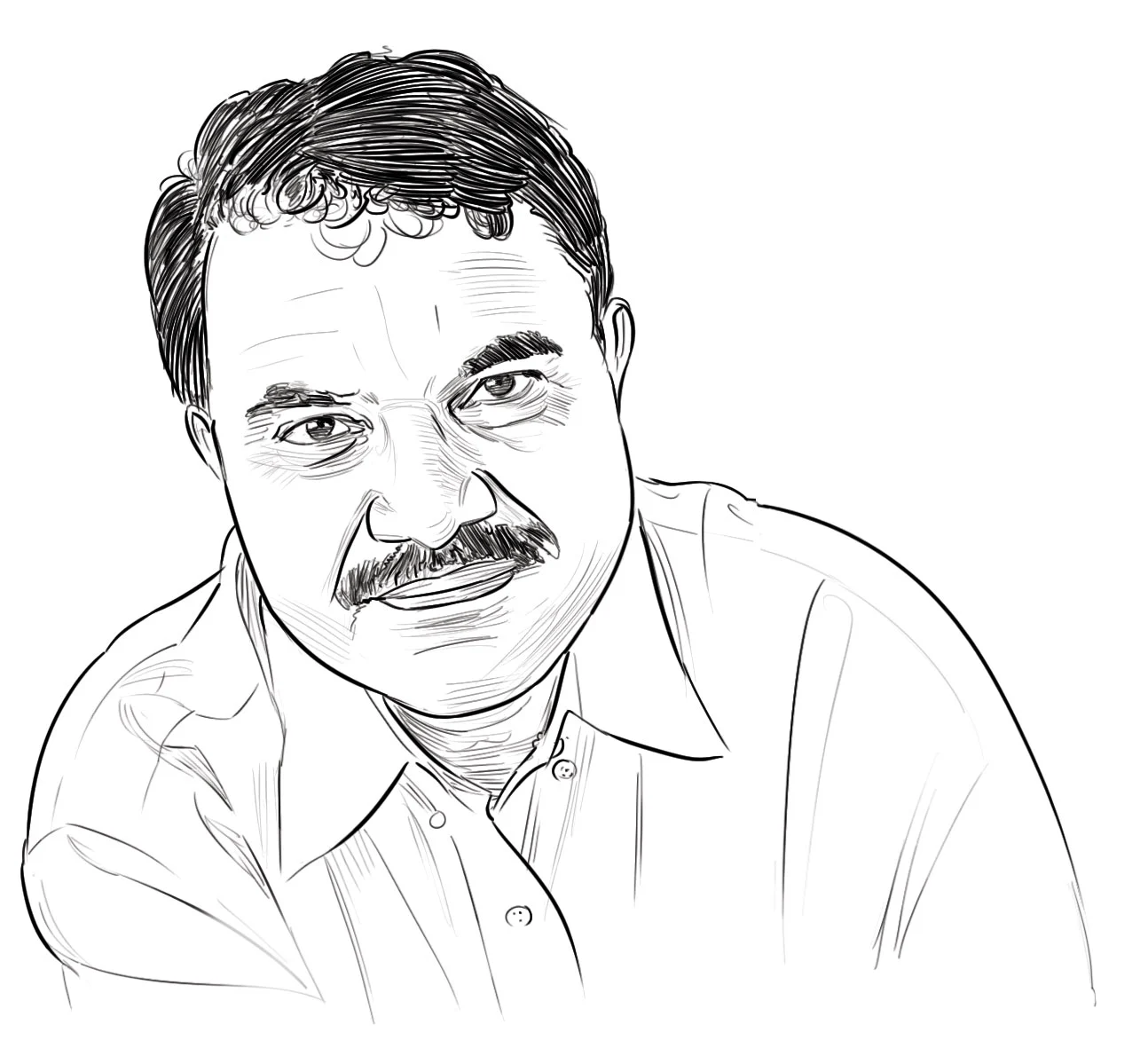
undefined
-

undefined
-

undefined
-

undefined
-

undefined
-

undefined
-

undefined
-

undefined
-

undefined
-

undefined
-

undefined
-

undefined
-

undefined
-

undefined
-

undefined
-

undefined
-

undefined
-

undefined
-

undefined
-

undefined
-

undefined
-

undefined
-

undefined
-

undefined
-

undefined
-
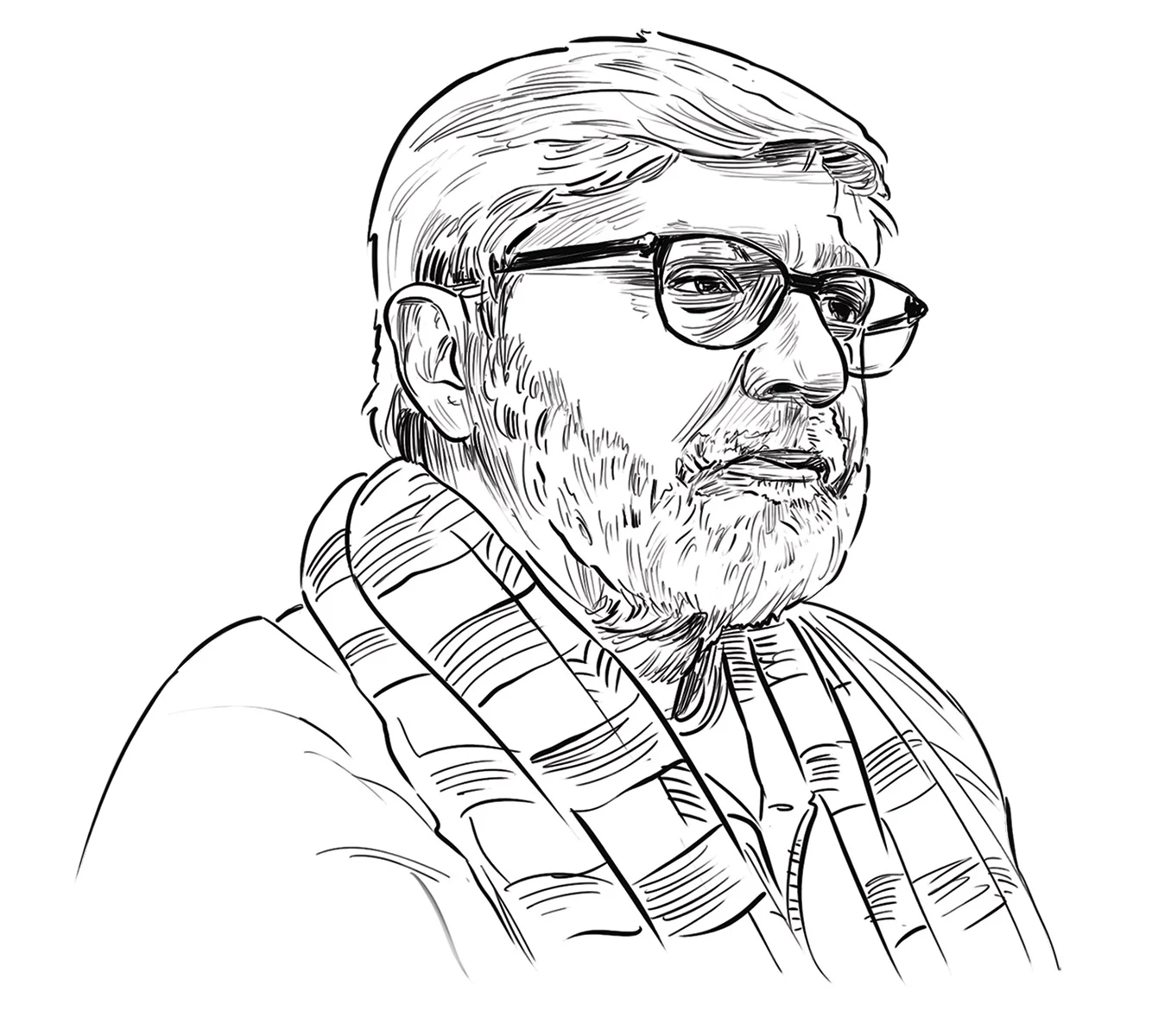
undefined
-

undefined
-

undefined
-

undefined
-

undefined
-

undefined
-

undefined
-

undefined
-

undefined
-

undefined
-

undefined
-

undefined
-

undefined
-

undefined
-

undefined
-

undefined
-

undefined
-

undefined
-

undefined
-

undefined
-

undefined
-

undefined
-

undefined
-

undefined
-

undefined
-

undefined
-

undefined
-

undefined
-

undefined
-

undefined
-

undefined
-

undefined
-

undefined
-

undefined
-

undefined
-

undefined
-

undefined
-

undefined
-

undefined
-

undefined
-

undefined
-

undefined
-

undefined
-

undefined
-

undefined
-

undefined
-

undefined
-

undefined
-

undefined
-

undefined
-

undefined
-

undefined
-

undefined
-

undefined
-

undefined
-

undefined
-

undefined
-

undefined
-

undefined
-

undefined
-

undefined
-

undefined
-

undefined
-

undefined
-

undefined
-

undefined
-

undefined
-

undefined
-

undefined
-

undefined
-

undefined
-

undefined
-

undefined
-

undefined
-

undefined
-

undefined
-

undefined
-

undefined
-

undefined
-

undefined
-

undefined
-

undefined
-

undefined
-

undefined
-

undefined
-

undefined
-

undefined
-

undefined
-

undefined
-

Abhishek Anicca is a writer, poet and researcher. He identifies as a person with disability and chronic illness.
-

undefined
-

undefined
-

undefined
-

undefined
-

undefined
-

undefined
-

Anand Vasu is an award-winning cricket journalist who has co-authored Cricket Drona - For the Love of Vasoo Paranjape.
-

undefined
-

undefined
-

undefined
-

undefined
-

undefined
-

undefined
-

undefined
-

undefined
-

undefined
-

undefined
-

undefined
-

Aditya Mani Jha is a journalist and writer living in New Delhi. His first book of essays will be published in 2023 by Oxford University Press India. His writings on books, movies and pop culture have been published by The Times of India, India Today, Mint, Open, The Caravan and other Indian and international publications.
-

undefined
-

undefined
-

undefined
-

undefined
-

undefined
-

undefined
-

undefined
-

undefined
-

undefined
-

undefined
-

undefined
-

undefined
-

undefined
-

undefined
-

undefined
-

undefined
-

undefined
-

undefined
-

undefined
-

undefined
-

undefined
-

undefined
-

undefined
-

undefined
-

undefined
-

undefined
-

undefined
-

undefined
-

undefined
-

undefined
-

undefined
-

undefined
-

undefined
-

undefined
-

undefined
-

undefined
-

undefined
-

undefined
-

undefined
-

undefined
-

undefined
-

undefined
-

undefined
-

undefined
-

undefined
-

Abhishek Anicca is a writer, poet and researcher. He identifies as a person with disability and chronic illness.
-

undefined
-

undefined
-

undefined
-

undefined
-

undefined
-

undefined
-

undefined
-

undefined
-

undefined
-

undefined
-

undefined
-

undefined
-

undefined
-

undefined
-

undefined
-

undefined
-

undefined
-

undefined
-

undefined
-
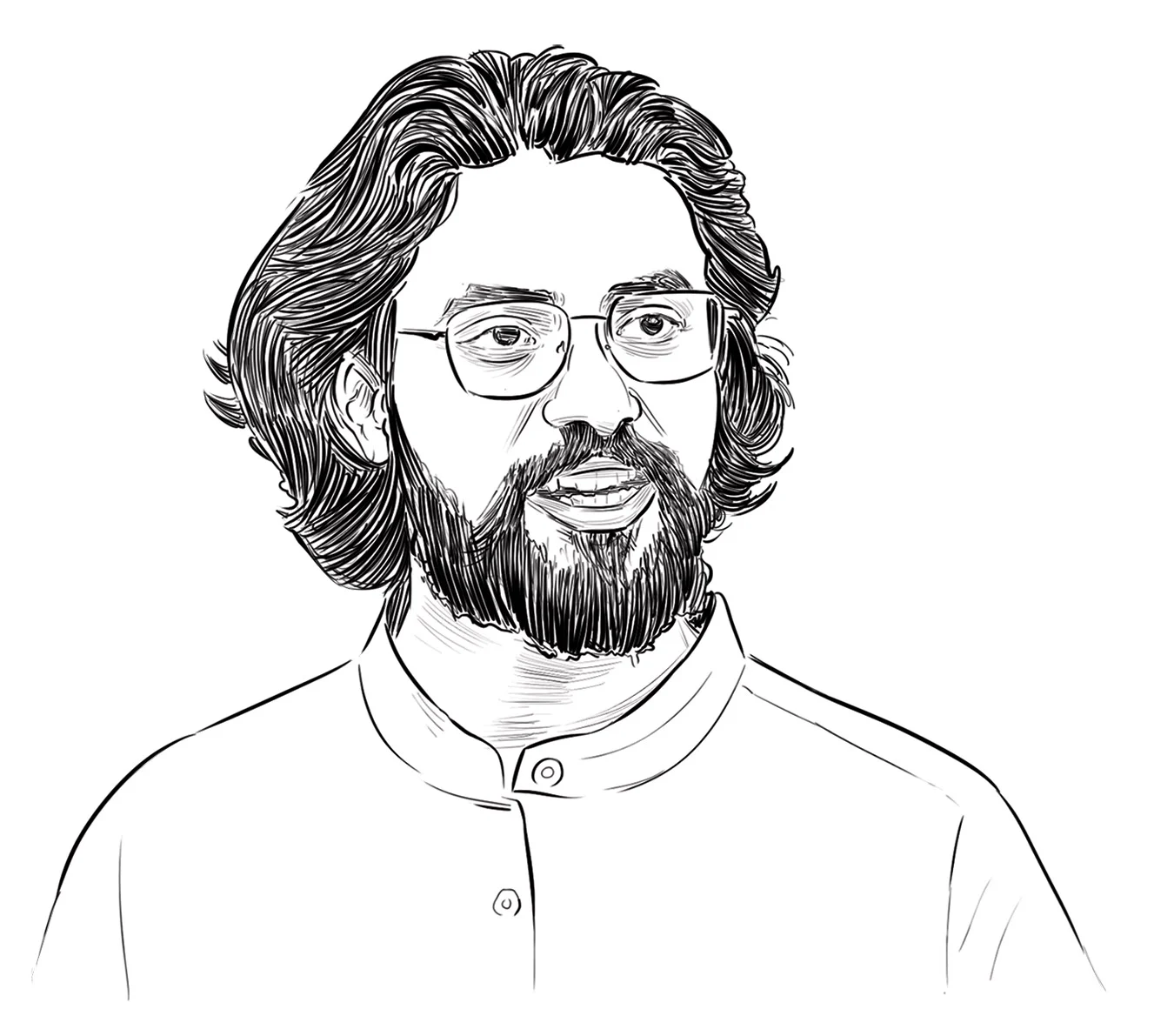
Ali Fraz Rezvi is an independent journalist, theatre artist, and a student of preventive conservation.
-

undefined
-

undefined
-

undefined
-

undefined
-

undefined
-

undefined
-

undefined
-

Anjali Rawat (they/them) Avi is a queer digital writer and editor specializing in information-driven articles, including feature stories, opinion pieces, and news articles. With a Gen Z perspective, they bring a bold and thought-provoking approach to journalism, challenging traditional narratives. Avi aims to redefine journalism by writing what matters and exploring topics such as gender equality, sustainability, and LGBTQ+ rights.
-

-

ajay.kumar.yadav@byline.com
-

-

-

-

-

-

Abhiruchi Ranjan is an Assistant Professor in the Department of Political Science and History at Christ University, Bangalore. Her academic pursuits lie at the intersection of politics, popular culture and gender studies.
-

-

-

-

-

-

-

-

-

-

Arjun is a Business Growth Strategist at a Leading Software Development Company. Apart from working on a long-lasting relationship with customers and boosting business revenue, I am also interested in sharing my knowledge on various technologies through successful blog posts and article writing. Company: https://www.weblineindia.com/
-

-

-

-

-

-

-

-

Apeksha is a Senior Assistant Editor and writes on cinema, politics, art, gender and social justice. She has a Ph.D in Cinema Studies from the School of Arts and Aesthetics, Jawaharlal Nehru University, New Delhi.
-

Animikh is a photographer and visual artist who currently works with Outlook India as Photo researcher and archivist
-

-

I'm a seasoned Content Strategist with a knack for creating engaging product descriptions and insightful buying guides. My love affair with language kicked off when I was 14, and since then, I've been hooked on how words can captivate and inspire. With 2 years of hands-on experience, I like to bring a fresh perspective to every product I review, always trying to find what really resonates with people. I'm all about learning and taking on new challenges with a lot of enthusiasm. When I'm not wrapped up in content, you’ll probably find me out for a walk, totally engrossed in a crime podcast, or singing along to some country music.
-

-

-

-

-
-

-

-

Ashok Kumar Sinha currently serves as the Additional Director at Bihar Museum, Patna. Previously, he held the position of the Director of Upendra Maharathi Crafts Research Institute, Patna, and the Chief Executive Officer of Bihar State Khadi and Village Industries Board, Patna. He has made significant contributions to the preservation and promotion of folk arts and handicrafts in Bihar. He has authored a total of 36 books on art and literature, including Batohi, Sun Lo Hamari Baat (novel), Pita (section-poetry), BairiPaiswa Ho Ram, Mawali Ki Betiyaan (story-collection) and Man ToPanchhiBhaya (Travel-Memoirs). Shri Ashok Kumar Sinha has been honored with numerous awards for his literary achievements, including the Sudeergh Hindi Seva Sammaan from Vikramshila Hindi Vidyapeeth, Gandhinagar and the Bihar Government's Raajbhasa Sammaan and Dinkar Art Writing Award
-

-

-

-

-

Avantika Mehta is a Senior-Associate Editor based out of New Delhi. She grams @the.ladies.compartment
-

-

-

-

-

-

-

-

-

Founder, AJ Financial
-

-

-

-

-

-

-

-

Aisha Sultan is a nationally syndicated columnist based at the St. Louis Post-Dispatch. Her work has appeared in more than a hundred publications. She has won several national honors recognizing her writing and commentary. Her work explores social change with an emphasis on education, families and inequality.
-

-

Mutual Fund Distributor
-

-

-

Political analyst and columnist.
-

Advocate, Patna High Court
-

-

-

-

-

-

-

-

-

-

-

-

-

-

-

-

Ali Mammadov is a PhD researcher at George Mason University, Schar School of Policy and Government focusing on global stability, alliance formation, and rising powers. X: @alimammadoov
-

-

Co founder, AP Wealth Managers
-

-

A distinguished professional in medical device engineering, Abhishek Pandurang Benke has established himself as a leading expert in sensor technology and medical diagnostic systems.
-

Arunima is an independent researcher and academic. Their views are personal.
-

Professor at O.P. Jindal Global University (JGU)
-

-

-

-

Avinash Godbole is Professor and Associate Academic Dean at JSLH, Jindal Global University
-

-

-

-

-

-

Ainnie Arif is a journalist covering diplomacy and international affairs with a South Asian lens. She focuses on how global events intersect with regional politics and local impact.
-

-

Advocate, Supreme Court of India
-

Vice Chairman & CEO BCD Group & Chairman, CII Real Estate (NR)
-

Abhijay Raj Vaish is a journalist at Outlook, covering stories that lie at the intersection of politics, public interest, and policy. He focuses on making complex issues accessible through explainers, ground reports, and narrative-driven features.
-

-

-

-

-

-

-

Research Scholar in Dept of Political Science, University of Hyderabad
-

-

-

-

Ankitha Swapnil, Currently based in Chhattisgarh, listens before she writes—wandering from village schools to forest paths, collecting stories from students, locals, and the Pahadi Bakra team. Whether the moment is light or deep, she captures it with warmth and clarity. Her mind and words hold onto the small truths and feelings that make a story truly connect. You can reach her at ankithamanu.11@gmail.com.
-

CMD, BCD Group
-

Founder Safety Matters. He’s an Aviation Expert.
-

Chairman & CEO - India, South-East Asia, Middle East & Africa, CBRE
-

Dr. Aivinor Ams is a scholar of the philosophy of education with a focus on critical pedagogies, practical philosophy and inclusive learning practices.
-

-

Founder, AU Corporate and Legal Advisory Services
-

Arghya is an independent journalist based in Delhi.
-

-
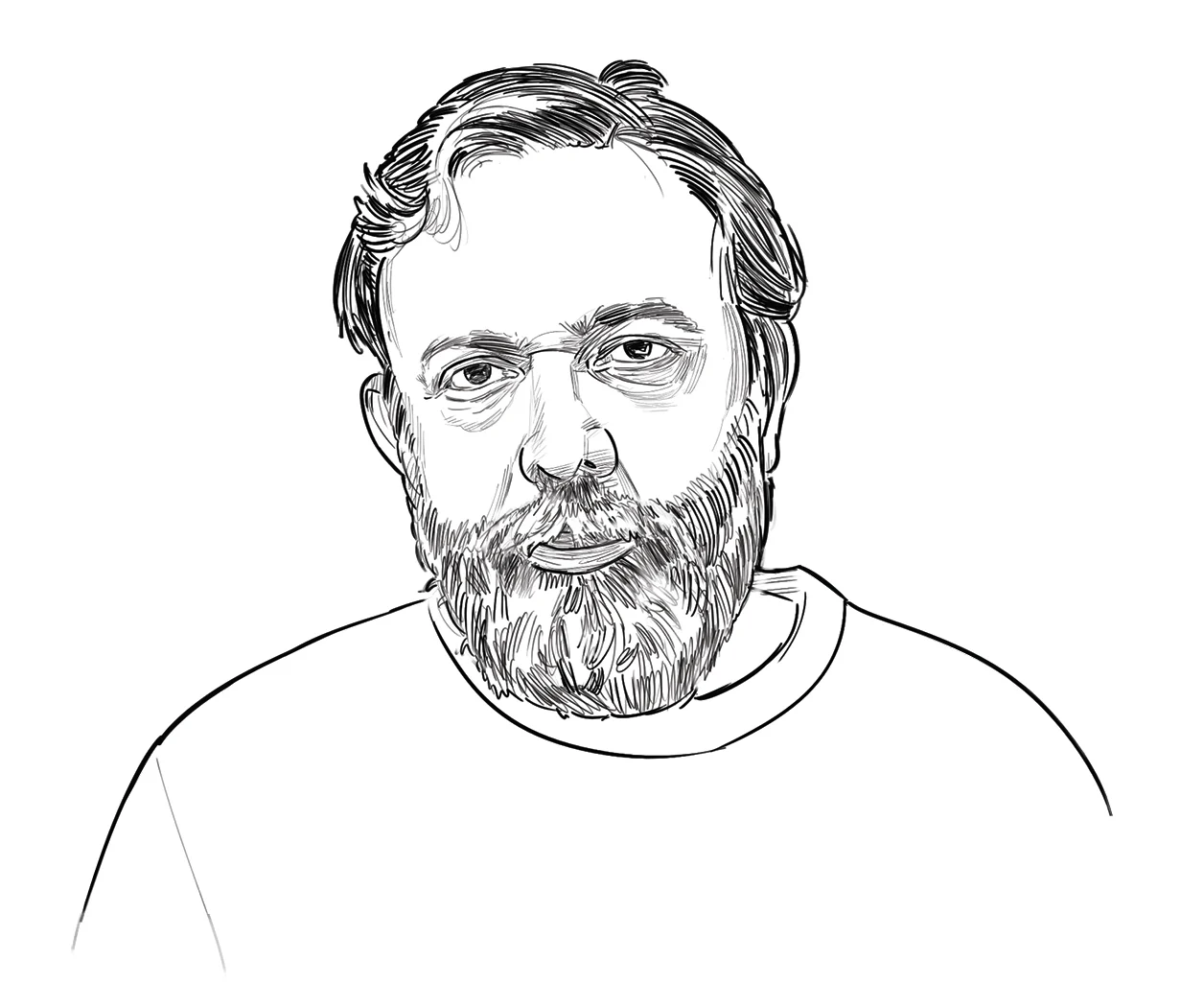
Alok is a Psychiatrist working in Delhi. He is interested in History, Society, Psychiatry and the spaces between them.
-

-

The author is former Education Secretary to the Government of India.
-
-

Dr. Aditi Rawat is an Associate Fellow with the Pahle India Foundation.
